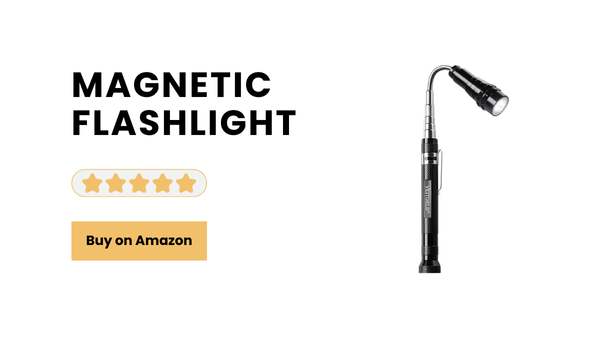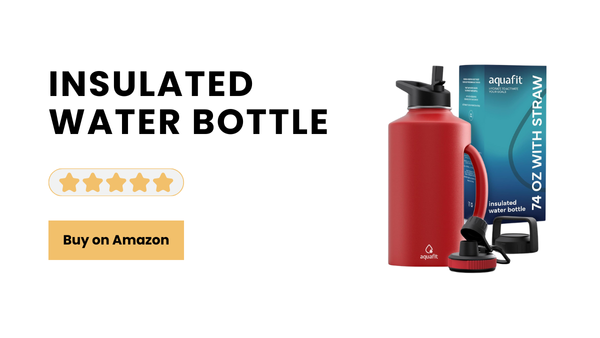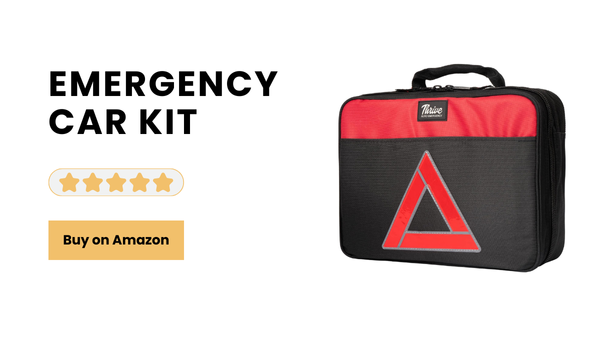Car Kit Emergency Supplies for Unexpected Winter Storms

Winter roads can be unpredictable, and even a short drive can turn into an unexpected adventure if you encounter a snowstorm, ice, or even just sudden temperature drops. As someone who has faced the full brunt of what winter can unleash, I’ve learned it’s crucial to be prepared. Let me walk you through setting up an emergency car kit that could literally save your life during those cold, harsh months.
Imagine you’re on a seemingly smooth drive, and suddenly, you find yourself stuck in a snowdrift or, worse, involved in a minor fender bender during a blizzard. These situations are stressful, but having a well-prepared car emergency kit can make a huge difference. Here’s what I keep in my car during winter: neatly packed into a canvas bag and a sturdy plastic container in my trunk.
What’s Inside My Winter Car Emergency Kit
First things first, let’s talk about fuel. An empty one-gallon gas can is essential. It’s light enough to carry easily when full and can be a lifesaver if you run out of fuel and are within walking distance of a gas station. I also include a pair of sturdy winter boots because regular shoes won’t cut it in the snow, and you need proper footwear to maintain your mobility and safety.
A warm blanket is next on my list. If your vehicle gets stuck and you’re trying to conserve fuel, running the engine only 10 minutes every hour to heat up can save gas, but it won’t keep you warm for long. A durable, insulating blanket is vital for those long waits for help in freezing temperatures. I love to keep a spare blanket hoodie in the car for those extra-cold days on the road.
Tools
Let’s dive into the more technical contents of my kit, stored securely in a plastic tub. Right on top, I keep an extra pair of insulated gloves. These aren’t just any gloves; they’re flexible enough to allow for handling tools or changing a tire without sacrificing warmth.
A reliable flashlight with a rotating base and a hook comes in very handy. Whether you’re checking under the hood or changing a tire in the dark, a good light source is indispensable. I prefer one with a magnetic base so it can be attached to the car, freeing up your hands for work.
Extra batteries are a must. My flashlight uses AA batteries, and I pack eight extra for two full changes. You never know how long you might need that light, especially in winter when days are shorter.
The Necessities
An ice scraper is a basic tool, but so essential that I carry a spare. For protection against harsh winds and flying snow while working outside, a ski mask or balaclava is crucial—it covers everything but your eyes, which helps a lot in a blizzard.
Hydration is another key aspect often overlooked. I keep an insulated bottle of water in my kit, ensuring I have access to drinking water during an emergency, especially if I’m stuck and waiting for help.
Repair and Emergency Items
Both electrical tape and duct tape are included in my kit because of their versatility. Electrical tape is great for temporary repairs on hoses or electrical issues, while duct tape can secure parts that may come loose from your car in an accident, like a side mirror.
A spare phone charging cord is also essential. It’s common for cords to fail when you least expect it, so having a backup ensures you can keep your phone charged to call for help or access online resources.
Advanced Tools
A portable jump starter is a valuable investment. Not only does it help you get your car running again without needing another vehicle, but it also features a built-in flashlight and USB ports for charging other devices. If a jump starter isn’t in your budget, at least carry high-quality jumper cables.
For basic repairs and adjustments, a set of hand tools including pliers, screwdrivers, and an adjustable wrench can be a lifesaver. Whether it’s tightening a loose battery connection or replacing a headlight, these tools can handle many simple tasks.
Visibility and Road Safety
To increase your visibility to other drivers, especially in a snowstorm or at night, consider packing some form of emergency signaling device. LED flares are a safe and effective option. They are visible even in bad weather and can help prevent further accidents by alerting other drivers to your presence.
First Aid and Digging Out
A basic first aid kit can manage minor injuries until professional help is available. For more severe scenarios, consider a comprehensive kit that includes supplies for treating major injuries.
A collapsible shovel is crucial for digging your vehicle out of snow. It’s important to clear the area around your tires and exhaust pipe to prevent exhaust fumes from entering the cabin, which can be deadly.
Keeping Warm and Moving
For additional traction in icy conditions, a bag of kitty litter can be spread around your tires. This can help prevent your vehicle from slipping when you’re trying to get moving again.
Lastly, I always keep non-perishable food items like beef jerky, granola bars, and raisins in my kit. These foods can provide you with necessary energy during a prolonged wait or if you’re working hard to dig your car out of snow.





